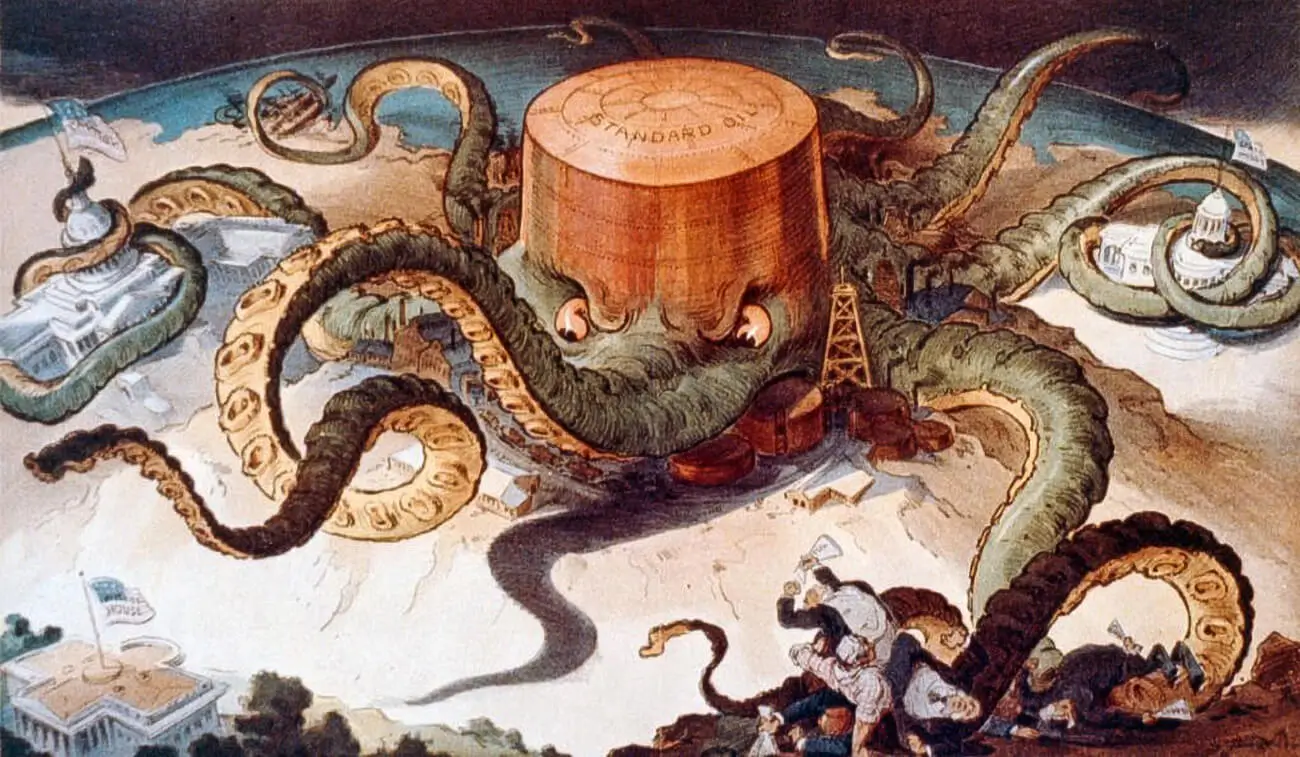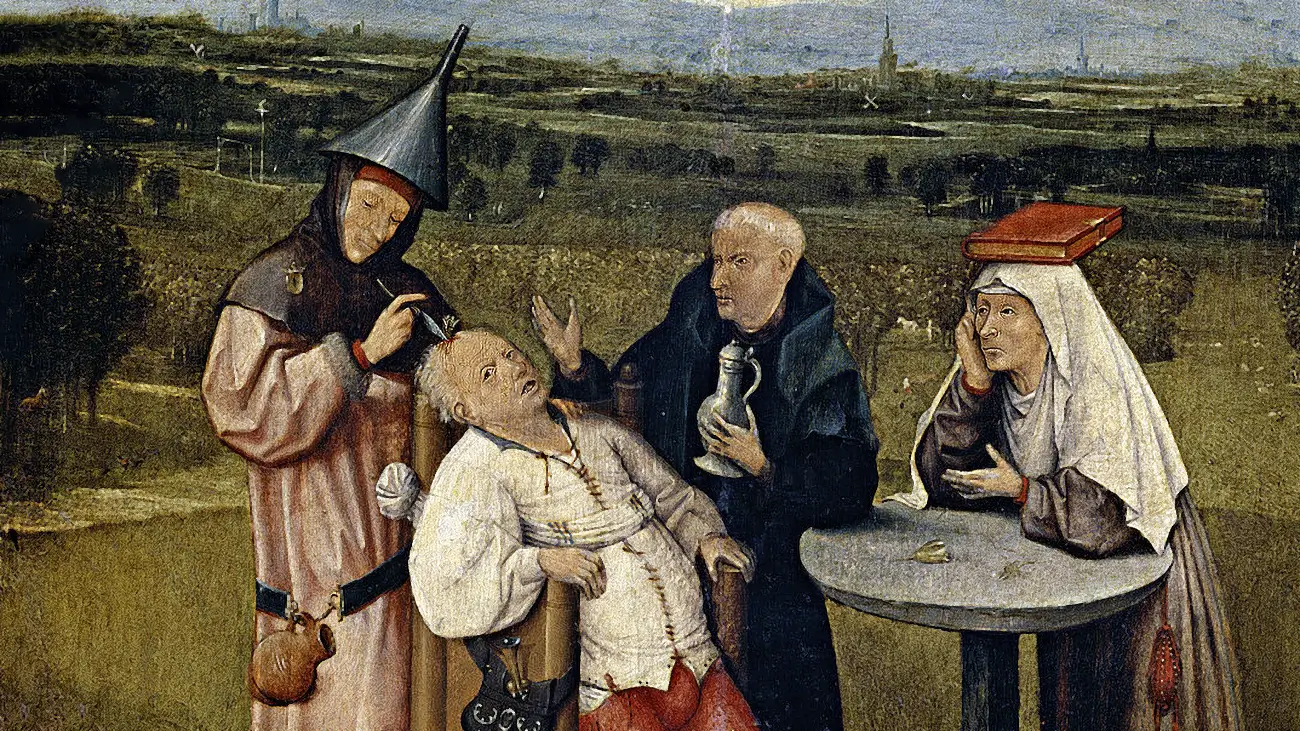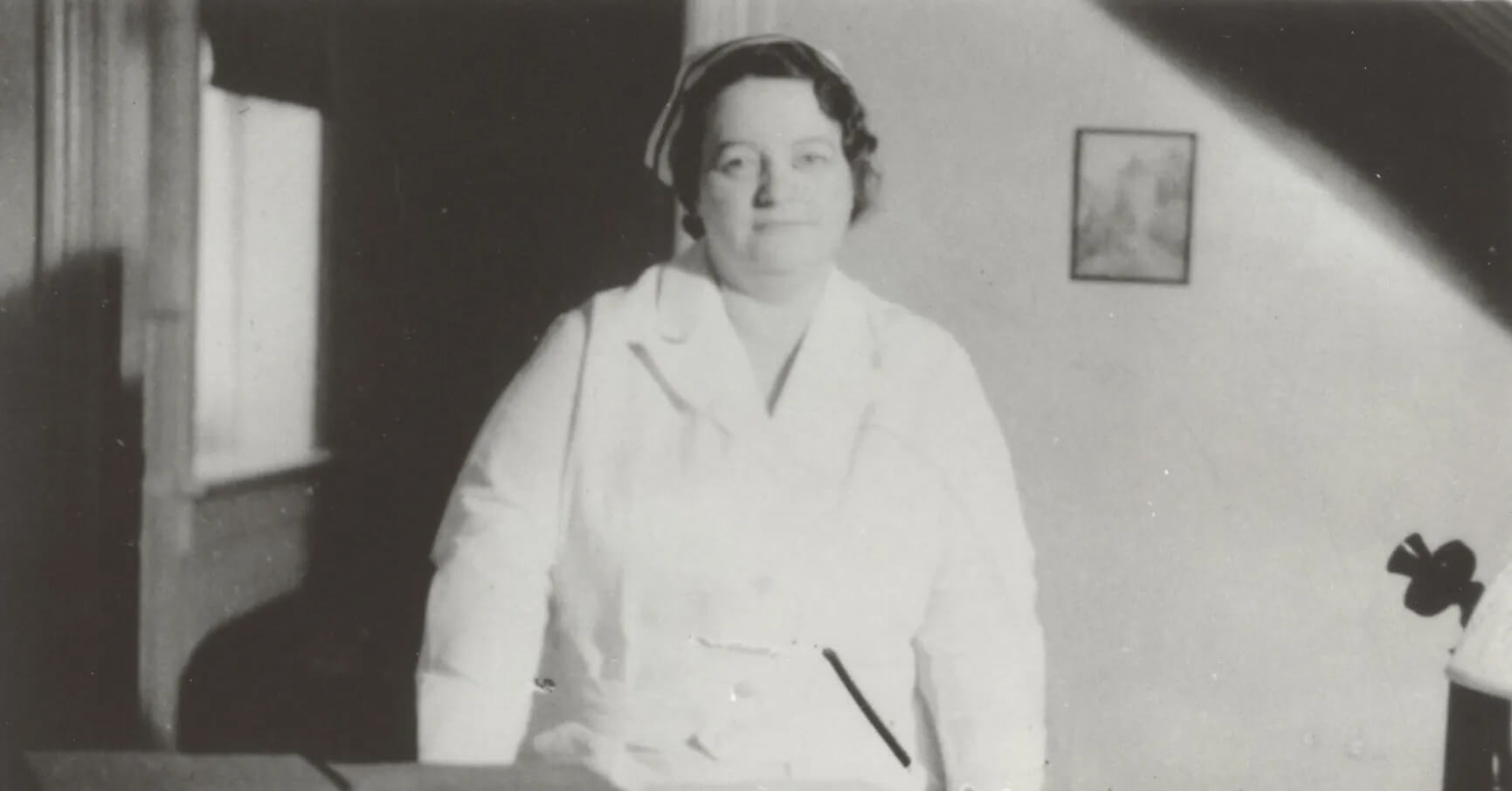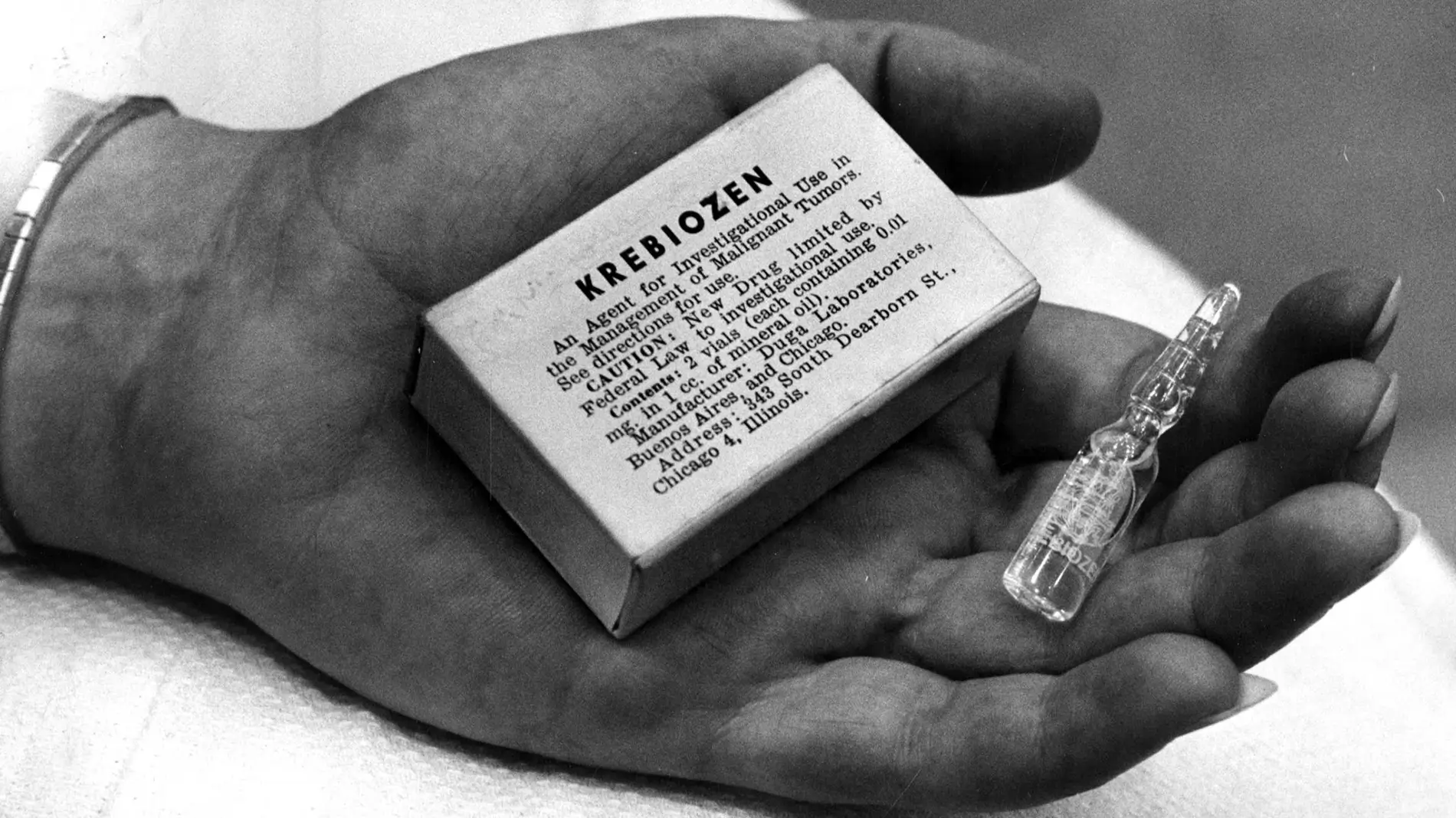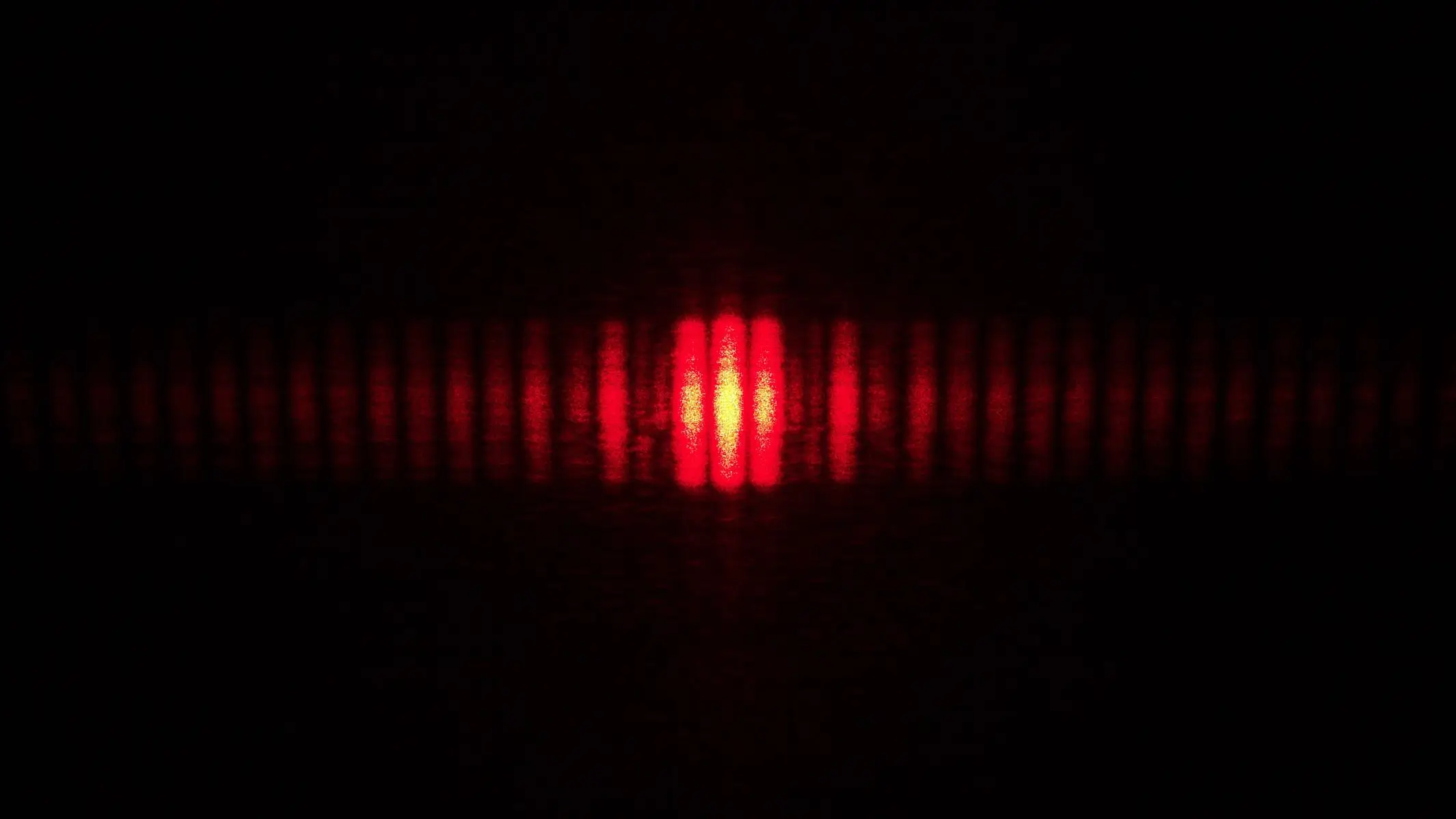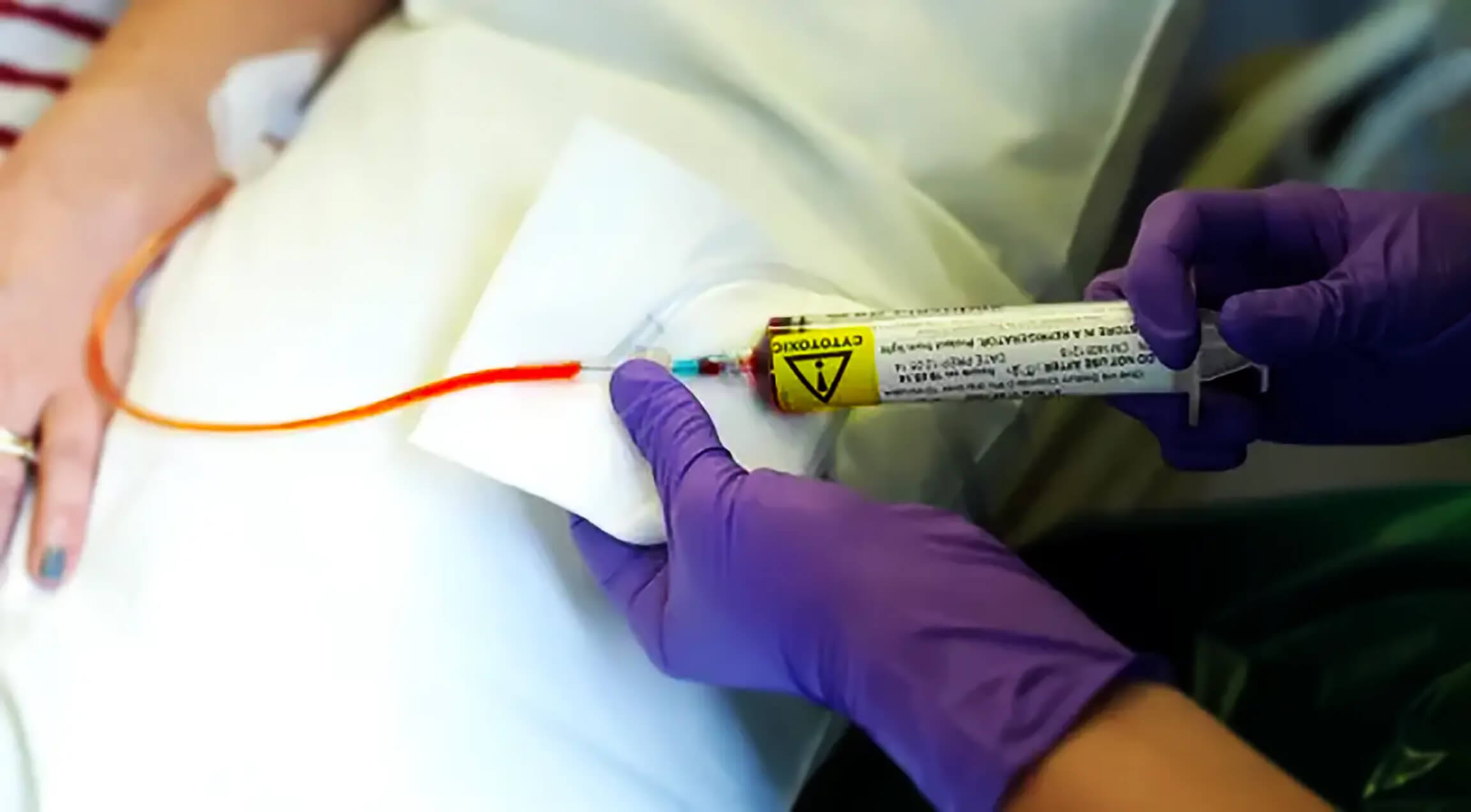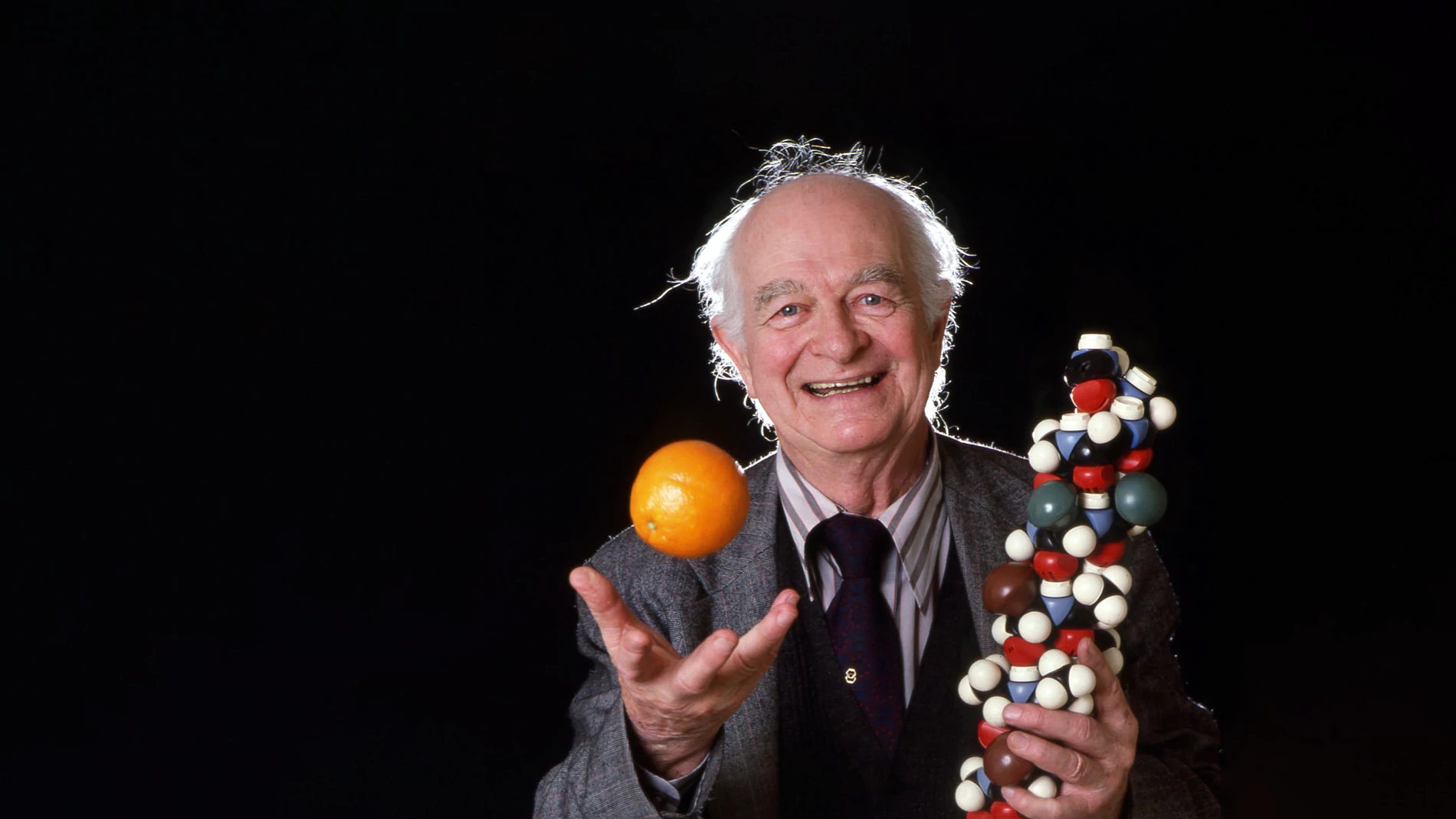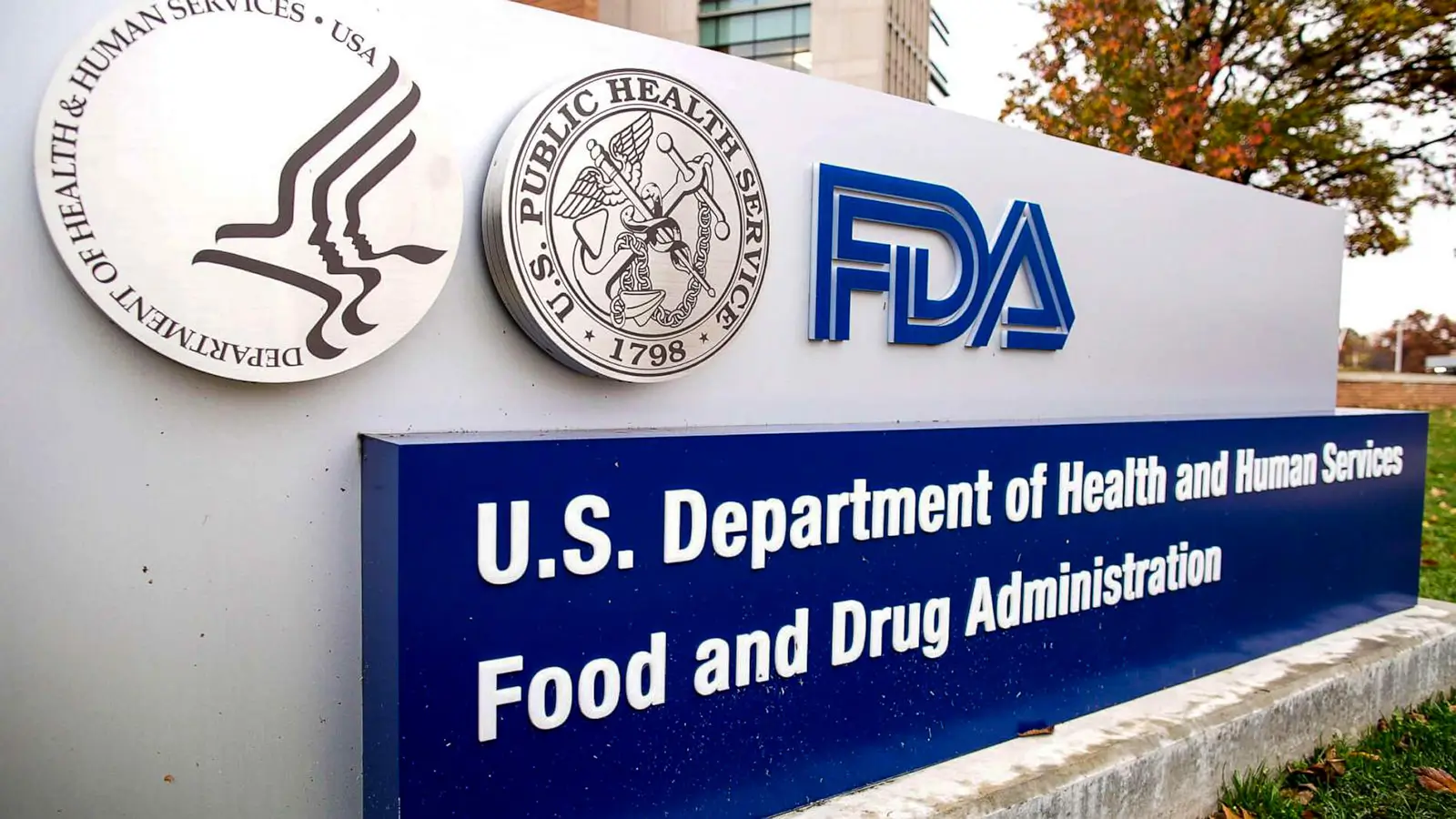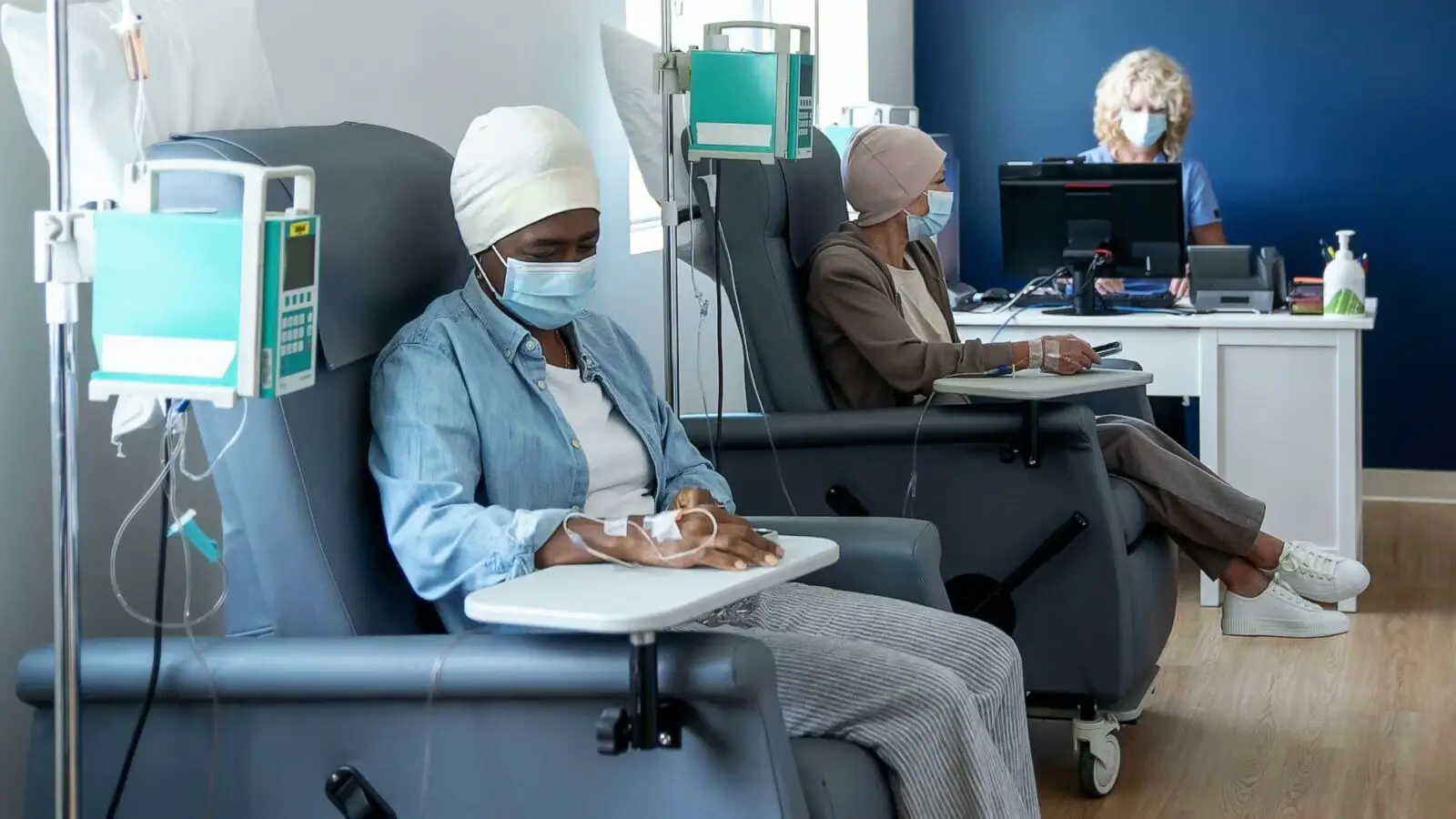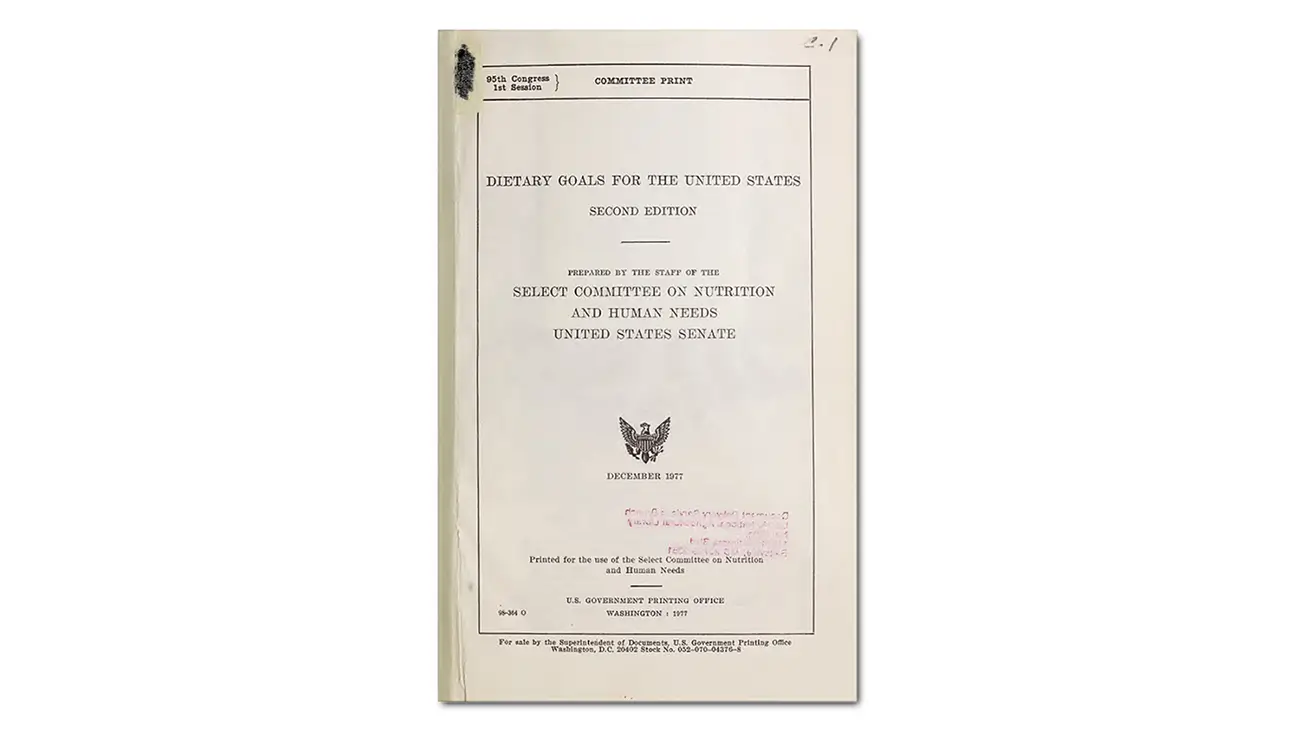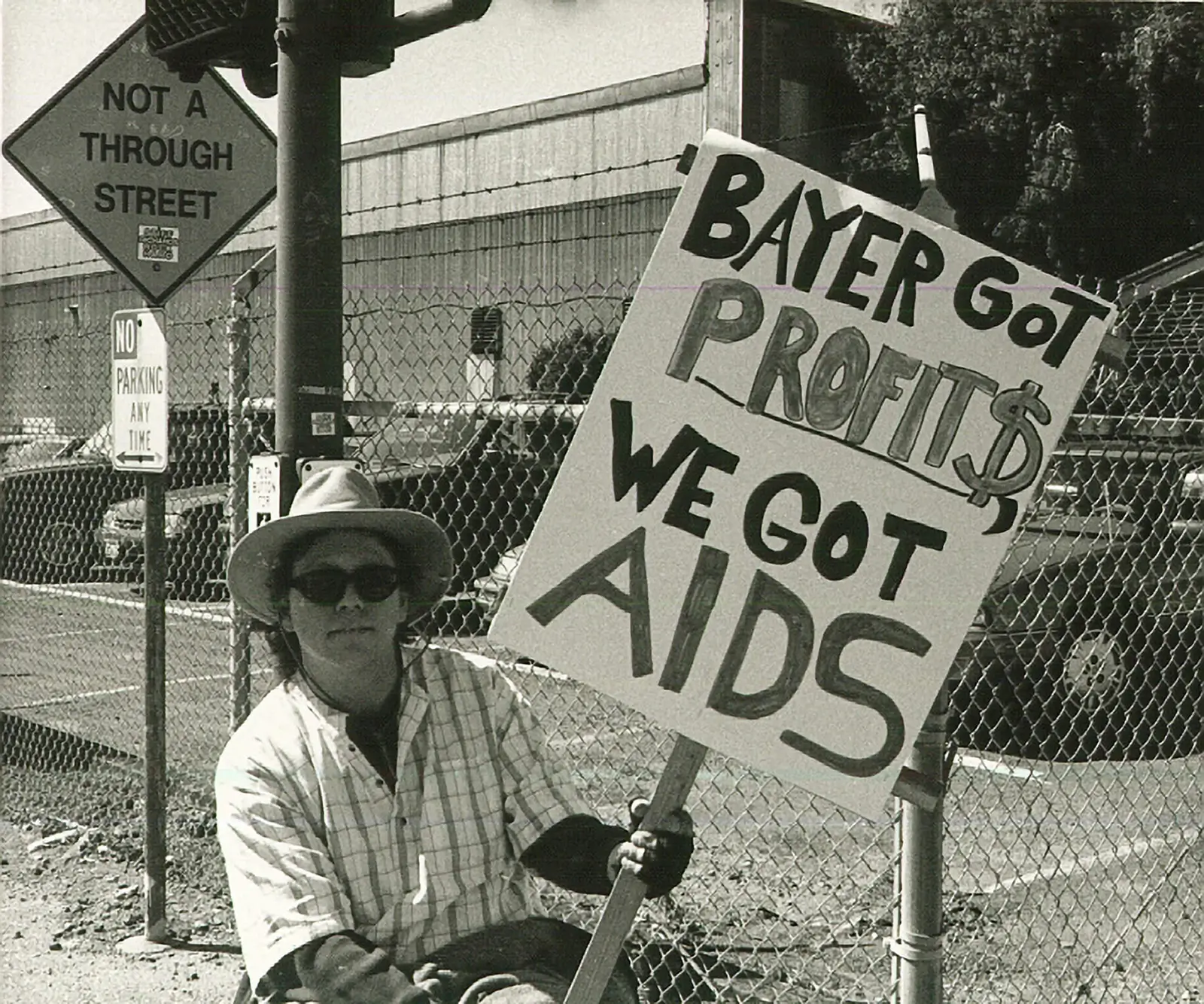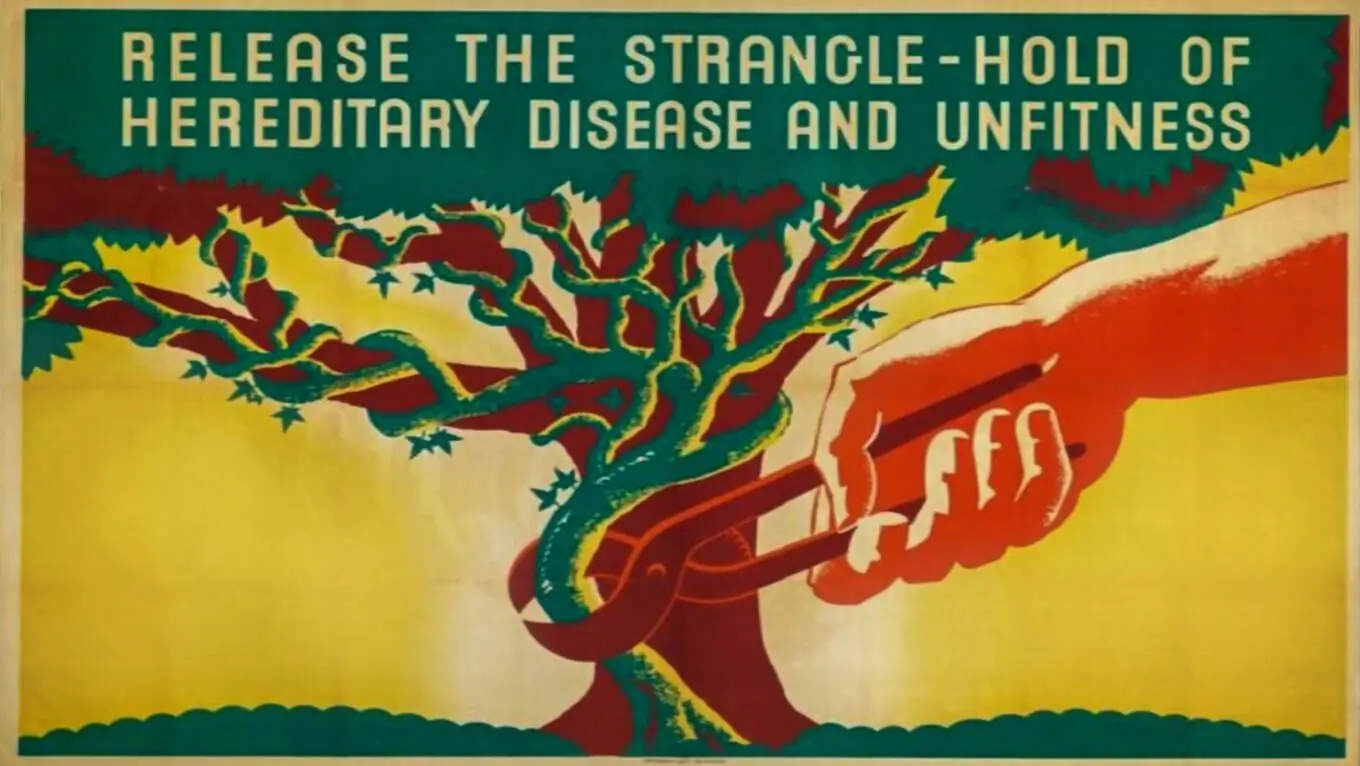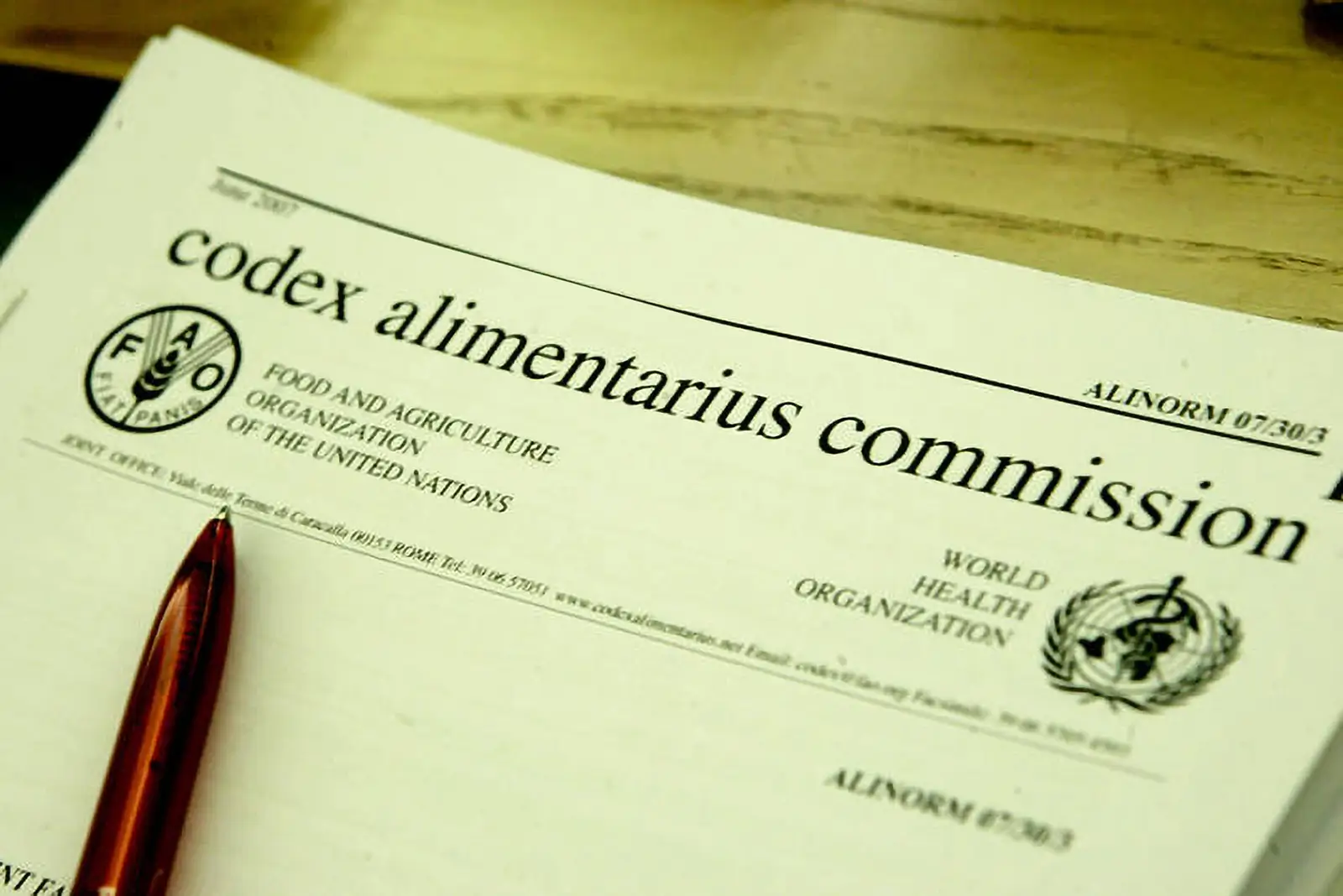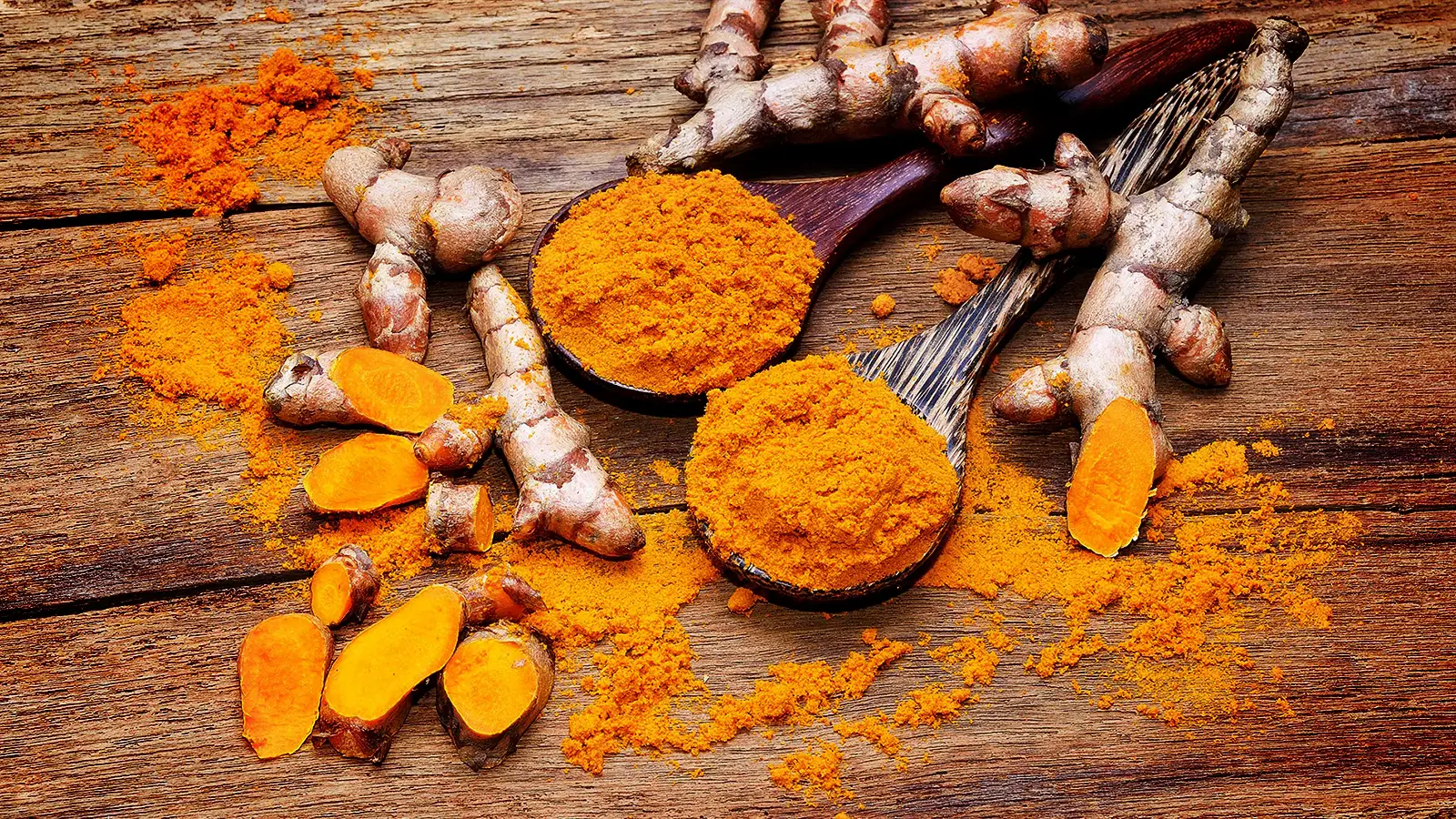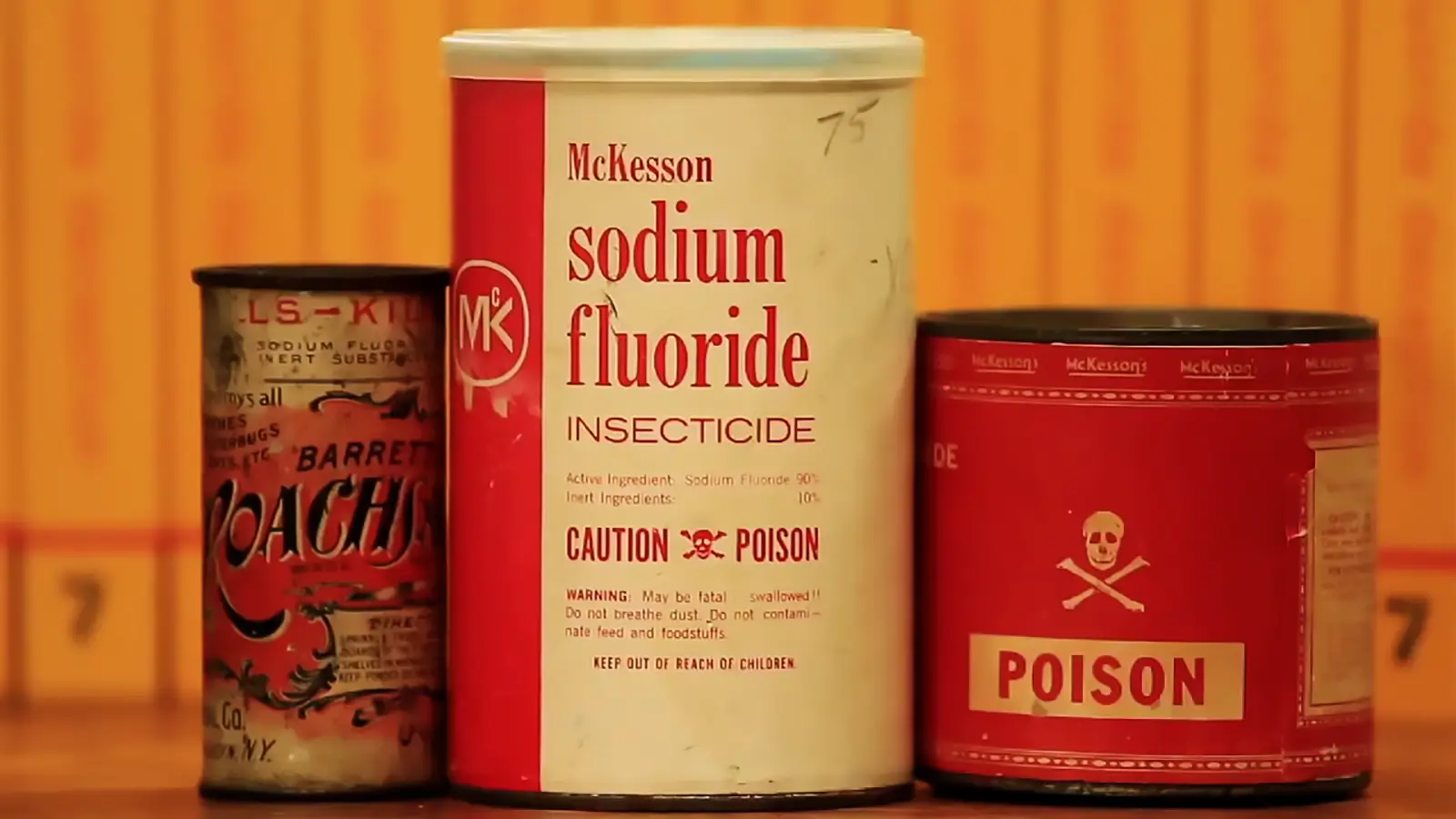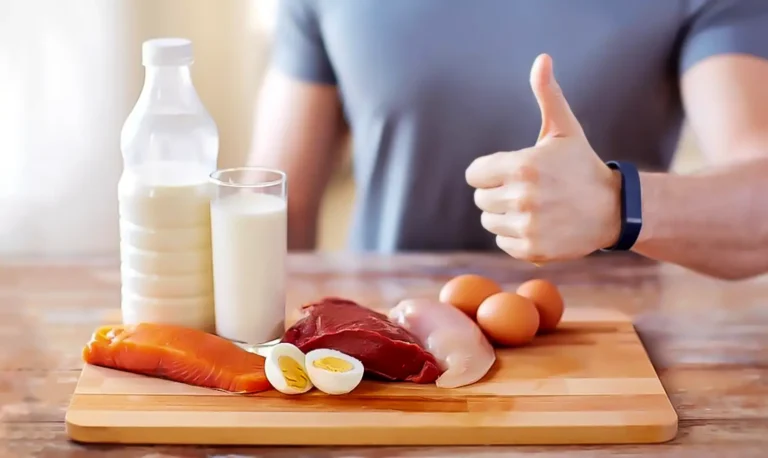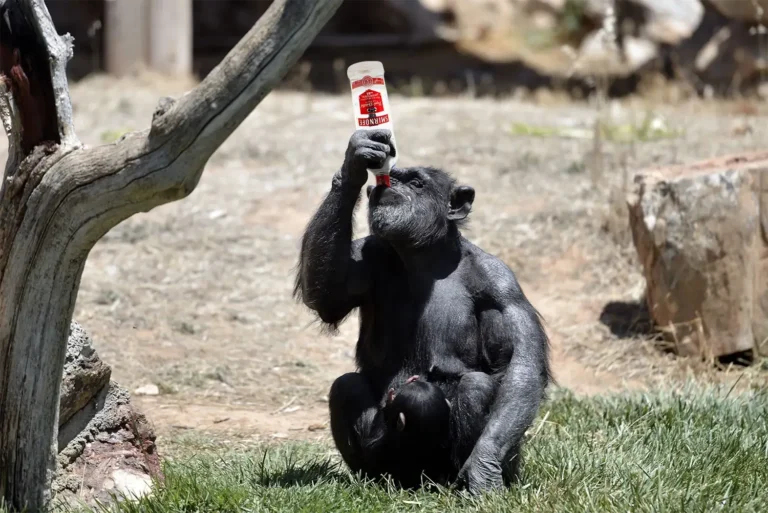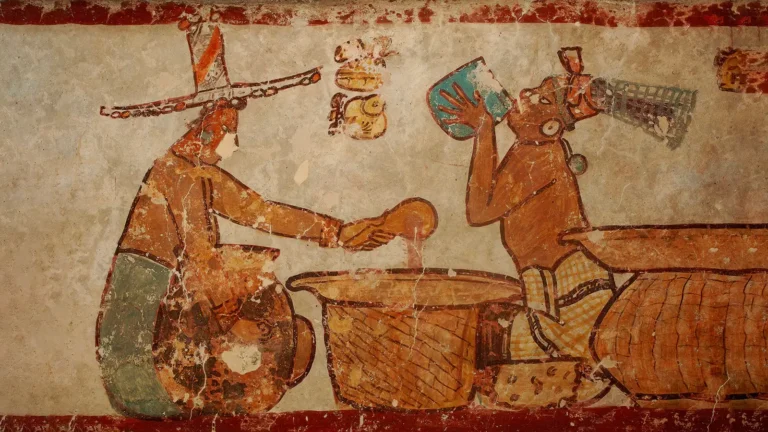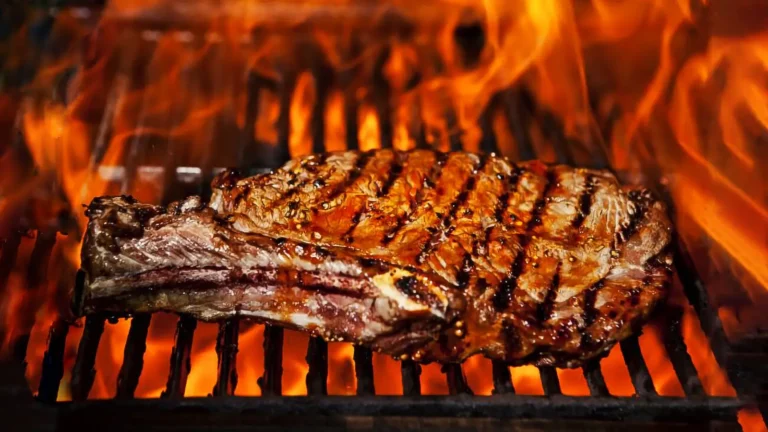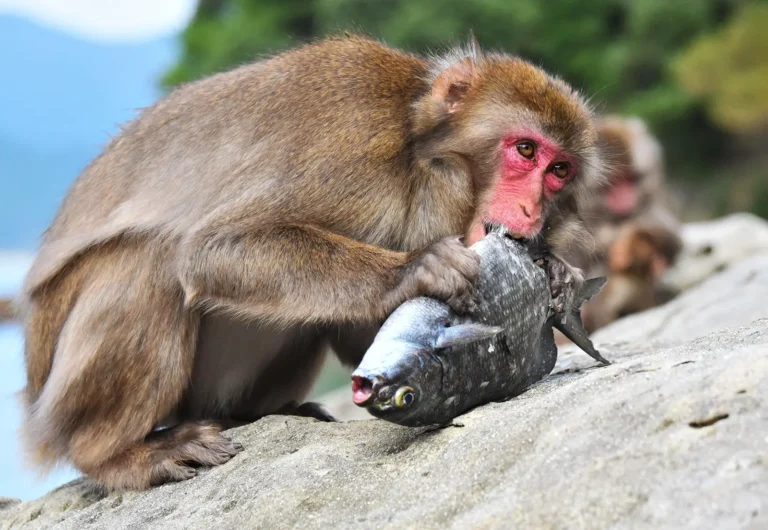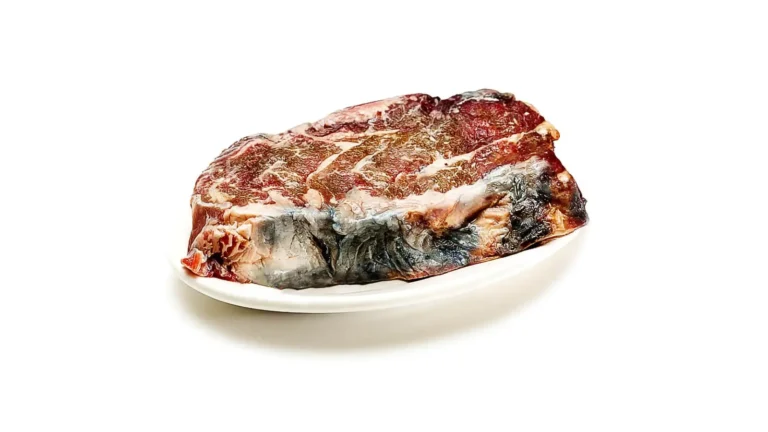Cáncer, las curas prohibidas: terapia inmunoaumentativa (IAT)
A principios de los años sesenta, el Dr. Lawrence Burton desarrolló un sistema (terapia inmuno-aumentativa) que podía atacar los tumores. Luego vinieron las negociaciones del contrato. Burton se convirtió en el enemigo.
Milos Pokimica
Escrito por: Milos Pokimica
Revisado Médicamente Por: Dr. Xiùying Wáng, M.D.
Actualizado el 9 de junio de 2023La lista de terapias contra el cáncer que nunca fueron probadas por la FDA que conocemos es muy larga. Si la persona promedio fuera a través de la letanía y leyera todas las investigaciones del Congreso sobre el cáncer y leyera las audiencias de 1963 sobre Krebiozen o, por ejemplo, las audiencias de 1981 de la senadora Paula Hawkins de Florida que estaba investigando el fraude en el Instituto Nacional del Cáncer, creo que habría mucha ira y emociones y alboroto.
En 1986, un alboroto entre los enfermos de cáncer obligó al Congreso a investigar otra de las acusaciones de supresión médica.
El patrón era el mismo.
El investigador del cáncer Lawrence Burton, Ph.D., tuvo un tratamiento exitoso contra el cáncer mediante la terapia inmuno-aumentativa (IAT) que fue desarrollada por él. Afirmó que podía controlar todas las formas de cáncer restaurando las defensas inmunitarias naturales. Se trata de una forma de terapia en línea de vacunación para tumores en la que se entrena al sistema inmunitario para que reconozca el tumor. Inyectaba proteínas del suero sanguíneo aisladas con procesos patentados por él. La actividad del Dr. Burton se centró en las citoquinas.
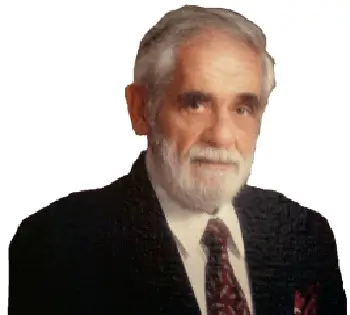
Se trata de proteínas que producen funciones de señalización celular dentro del sistema inmunitario. Algunas de ellas se denominaron posteriormente TNF. Descubrió que éstas podían matar el tumor inicialmente, pero con el tiempo dejaban de funcionar. La teoría del Dr. Burton era que para evitar la toxicidad en el organismo algo debía impedir que el TNF atacara al tumor. Él teorizó que debe haber una proteína de bloqueo. Pensó que si podía eliminar la proteína bloqueadora, el TNF sería capaz de atacar al cáncer. Analizó a más de 3000 pacientes y llegó a la conclusión de que los pacientes con cáncer tienen un perfil distinto que implica muy poca proteína desbloqueadora y demasiada proteína bloqueadora. Para probar su teoría, cada día extraía una pequeña cantidad de sangre del sujeto para medir diferentes factores inmunitarios. A lo largo del día se administran muchas inyecciones de plasma sanguíneo de donantes para equilibrar las proteínas. Se ha demostrado que el proceso alarga considerablemente la vida de muchos pacientes con enfermedades avanzadas y les proporciona una mayor calidad de vida. Sin embargo, Burton no publicó informes clínicos detallados, ni divulgó los pormenores de sus métodos, ni publicó estadísticas significativas, ni realizó un ensayo controlado, ni proporcionó a investigadores independientes muestras de sus materiales de tratamiento para su análisis.
Acusaba con constancia a un gobierno que quería apoderarse de su trabajo y estaba un poco paranoico. Sin embargo, probablemente tenía razón, y la pauta resultó ser la misma.
El Instituto Nacional del Cáncer lo acusó de charlatanería y se negó a investigarlo. Si se pregunta a la Sociedad Americana del Cáncer, no se ha verificado la existencia de proteínas bloqueantes y desbloqueantes, y la IAT es un tratamiento no probado.
Sin embargo, hoy sabemos que este tratamiento es más eficaz que cualquier otro para algunas formas específicas de cáncer. No para todos, pero para algunos es extremadamente útil. Por ejemplo, el tratamiento es un éxito con el mesotelioma, cáncer causado por el amianto. Para esta forma de cáncer, la respuesta es mejor que cualquier otra terapia conocida en el mundo o puede utilizarse como complemento de los tratamientos tradicionales.
Sin embargo, no importa. Él no quería vender.
Más tarde, Burton acusó al NCI de intentar obtener ilegalmente sus métodos. Le persiguieron como siempre, así que bajo presión trasladó su clínica a las Bahamas en la década de 1970. Y también hay que señalar que fue a través de la investigación del Dr. Burton que se descubrió el TNF (Factor de Necrosis Tumoral). No era un charlatán.
El Dr. Lawrence Burton desarrolló un sistema capaz de atacar tumores a principios de los años sesenta. En las primeras fases de la investigación, consiguió financiación (The Damon Runyon Fund). La Sociedad Americana contra el Cáncer le envió a alguien para que trabajara con él. Durante los dos años siguientes, la investigación del Dr. Burton floreció y se expandió. Invitado por la Sociedad Americana del Cáncer a un seminario nacional de oncólogos, hizo una demostración de sus métodos. En 1965, Burton realizó experimentos en ratones con tumores sólidos.
Lo observó el propio editor científico de la Sociedad Americana contra el Cáncer, y quedó conmocionado por lo que vio. Informó:
"Inyectaron a los ratones y los bultos desaparecieron ante tus ojos, algo que nunca creí posible".
Al año siguiente, en 1966, en el marco de la Sociedad Americana contra el Cáncer. El Dr. Burton compareció ante la Academia de Ciencias de Nueva York y realizó una demostración ante 70 científicos y 200 escritores científicos. Ratones fueron vacunados con el suero, y noventa minutos más tarde, los tumores casi habían desaparecido básicamente ante sus propios ojos, y todo esto fue delante de 70 científicos. Supuestamente.
Suena demasiado bueno para ser verdad. Periódicos de todo el mundo publicaron la noticia en sus portadas, mientras que las prestigiosas revistas especializadas obtuvieron su historia de un investigador del Sloan-Kettering y del Dr. Castle, de la Sociedad Americana contra el Cáncer. El Los Angeles Examiner escribió
"Quince minutos para curar el cáncer en ratones: ¿los próximos serán los humanos?".
Boletín de Filadelfia:
"Demostró ante nuestros propios ojos que la inyección de un suero misterioso... provocaba la desaparición de tumores masivos en ratones en pocas horas".
Sin embargo, la cura real no es lo que ellos quieren, por lo que la comunidad médica no lo aprobó. Pusieron en duda la validez del ensayo y aconsejaron que debía hacerse mediante algún truco.
Cinco científicos de alto nivel estaban tan furiosos que organizaron una rueda de prensa. Sin embargo, sus colegas les convencieron para que la cancelaran. Ese mismo año, la Academia de Medicina de Nueva York invitó al Dr. Burton y a su socio, el Dr. Friedman, a repetir el experimento. Esta vez, de dieciséis ratones con cáncer expuestos, la asamblea de oncólogos y patólogos reunida eligió a cuál de ellos se le debían inyectar los factores inhibidores de tumores. Para evitar trucos de magia, ni el Dr. Burton ni el Dr. Friedman administraron el suero. El resultado fue el mismo que en el experimento anterior. De nuevo demasiado bueno para ser verdad.
Sin embargo, sus precauciones no sirvieron de nada, ya que una vez más se le acusó de fingir todo el experimento.
Luego vinieron las negociaciones del contrato. Los peces gordos, NCI, Sloan-Kettering y American Cancer Society querían comprárselo a Burton.
Le darían subvenciones y crédito por ello, pero querían los derechos.
Burton los rechazó.
Burton se convirtió en el enemigo.
La financiación se detuvo.
Las invitaciones a hablar desaparecieron.
Las publicaciones se negaron a publicar.
Comenzaron los ataques.
Tras trasladar su clínica, probablemente pensó que estaba a salvo, pero sus problemas no acabaron ahí. Fue una terapia de éxito y una amenaza para el sistema de control.
Él y su clínica tenían que ir sin importar si no están en el territorio bajo el control del gobierno estadounidense directamente.
En 1985 la CNN y el resto de la propaganda de control gubernamental almorzaron la campaña contra la clínica.
El suero de Burton procedía de sangre humana. Así que en 1985, en un discurso del Director Adjunto del Instituto Nacional del Cáncer, se mencionó como en un aparte, que las muestras de IAT de Burton contenían VIH. Supuestamente, dos familias que regresaban de su clínica habían traído 18 muestras selladas de IAT. Un banco de sangre del estado de Washington las examinó y todas contenían hepatitis B, mientras que algunas dieron positivo en la prueba del VIH. El Ministerio de Sanidad de Bahamas y la Organización Panamericana de la Salud visitaron la clínica de Burton y, en julio de 1985, el Gobierno de Bahamas cerró la clínica. Burton reabrió su clínica en marzo del año siguiente, pero en julio, la FDA emitió una prohibición de importación que prohibía a cualquier persona introducir la TAI en Estados Unidos. Esta prohibición sigue vigente. Y adivina qué, el comité del Congreso ha hecho desde entonces estas averiguaciones:
"La Clínica IAT se cerró en julio de 1985 basándose en una afirmación falsa y alarmante difundida por personal del NCI sobre un riesgo de sida".
Llegaron a la conclusión de que el informe de contaminación era falso.
Procedía de un alto cargo del NCI. El informe inexacto se difundió en el AMA Journal, los funcionarios de la Casa Blanca y el Departamento de Estado. Incluso las familias que habían traído a EE.UU. muestras selladas de IAT nunca contrajeron la hepatitis B ni se les hizo nunca la prueba del VIH.
El cierre de la Clínica coincidió accidentalmente con el lanzamiento en EE.UU. de nuevos fármacos sorprendentemente similares al Burton, como la Interleucina-2. Como resultado, 38 congresistas firmaron la petición formal de una evaluación federal independiente de las terapias "alternativas" contra el cáncer.
La realidad es que existe una conspiración mundial premeditada y bien organizada para controlar y abusar y mantener el statu quo. Para evitar cualquier amenaza al sistema encontrando la cura o terapias o mecanismos "alternativos" no patentables que no puedan ser regulados por las instituciones.
El sistema incluye a la FDA, el Gobierno Federal, partes del Congreso, las grandes farmacéuticas, etcétera. La forma de hacer negocios se ha establecido, y no van a dejar que nadie de fuera amenace su club interno.
Cuando hice mi investigación inicial sobre la supresión médica, no pensé que encontraría mucho. Lo que encontré no me sorprendió, pero lo que sí me sorprendió es el gran número de casos. No se trata sólo de un par de ellos. Detuve mi investigación en unos quince. Perdí las ganas. Lo que me suprimió es que en la era de la tecnología de la información no hay una verdadera discusión o conocimiento sobre esto en la sociedad. No es que el 1% de los psicópatas que dirigen este espectáculo hagan lo que hacen, es sorprendente que el resto del 99% de la población sea dócil. La información está disponible, pero hay un bajo nivel de comprensión. La libertad de información es libertad de elección. Si este curso de los negocios continúa en un futuro próximo, la propia información será suprimida.
Referencias:
Pasajes seleccionados de un libro: Pokimica, Milos. Go Vegan? Examen de Ciencias de la Parte 2. Kindle ed., Amazon, 2018.
- Moss, Ralph W. Ph.D., "The Cancer Industry, Unraveling the Politics," Capítulo 12: "Burton's Immunological Method," Paragon House,1996
- Burton, Lawrence, et al., "The Purification and Action of Tumor Factor Extracted from Mouse and Human Neoplastic Tissue", Transactions of the New York Academy of Sciences, 21:700-707, junio de 1959.
- Pelton, Ross, y Lee Overholser, "Alternatives in Cancer Therapy: La guía completa de tratamientos no tradicionales". Capítulo 22, "Immuno-Augmentative Therapy", Nueva York: Fireside, 1994
- "Best-Case Series for the Use of Immuno-Augmentation Therapy and Naltrexone for the Treatment of Cancer. Resumen". Informe de Evidencia/Evaluación Tecnológica: No. 7. AHRQ Publicación Nº 03-E029. Abril de 2003.
- The Burton Goldberg Group, Alternative Medicine, The Definitive Guide, "Immuno-Augmentative Therapy (IAT)", páginas 576-577, Future Medicine Publishing, 1993.
ORGANIZACIONES
IAT - Immune Augmentation Therapy Inmunoterapia no tóxica contra el cáncer Teléfono gratuito en EE.UU. y Canadá: 561-766-0878 quantimmuno@gmail.com www.immunetherapy.net
604 East Street - P.O. Box 10 Otho, Iowa 50569 EE.UU. 515-972-4444 Fax: 515-972-4415 info@PeopleAgainstCancer.org www.peopleagainstcancer.org
Contenidos Relacionados
¿Tienes alguna duda acerca de la nutrición y la salud?
Me encantaría saber de usted y responderlas en mi próxima publicación. Agradezco sus aportes y opiniones y espero tener noticias suyas pronto. También te invito a síguenos en Facebook, Instagram y Pinterest para más contenidos sobre dieta, nutrición y salud. Puedes dejar un comentario allí y conectar con otros entusiastas de la salud, compartir tus consejos y experiencias, y recibir apoyo y ánimo de nuestro equipo y nuestra comunidad.
Espero que este post le haya resultado informativo y ameno y que esté preparado para aplicar los conocimientos adquiridos. Si le ha resultado útil, por favor compártelo con tus amigos y familiares que también podrían beneficiarse de ella. Nunca se sabe quién puede necesitar orientación y apoyo en su camino hacia la salud.
– También Te Puede Interesar –

Aprenda Sobre Nutricion
Milos Pokimica es doctor en medicina natural, nutricionista clínico, escritor sobre salud médica y nutrición y asesor en ciencias de la nutrición. Autor de la serie de libros Go Vegan? Revisión de la Ciencia, también dirige el sitio web sobre salud natural GoVeganWay.com.
Descargo De Responsabilidad Médica
GoVeganWay.com le ofrece reseñas de las últimas investigaciones relacionadas con la nutrición y la salud. La información proporcionada representa la opinión personal del autor y no pretende ni implica sustituir el asesoramiento, diagnóstico o tratamiento médico profesional. La información proporcionada tiene fines informativos únicamente y no pretende sustituir la consulta, el diagnóstico y/o el tratamiento médico de un médico o proveedor de atención médica calificado.NUNCA ignore el CONSEJO MÉDICO PROFESIONAL O RETRASAR la BÚSQUEDA de TRATAMIENTO MÉDICO a CAUSA DE ALGO QUE HAYA LEÍDO EN O accesibles a TRAVÉS de GoVeganWay.com
NUNCA APLICAR CUALQUIER cambio de ESTILO de vida O CAMBIOS EN su totalidad COMO UNA CONSECUENCIA DE ALGO QUE HA LEÍDO EN GoVeganWay.com ANTES de CONSULTAR con LICENCIA PROFESIONAL MÉDICO.
En el caso de una emergencia médica, llame a un médico o al 911 inmediatamente. GoVeganWay.com no se recomienda ni aprueba ninguna de los grupos, las organizaciones, las pruebas, los médicos, productos, procedimientos, opiniones u otra información que pueda ser mencionado en el interior.
Selecciones del editor –
Milos Pokimica es escritor especializado en salud y nutrición y asesor en ciencias nutricionales. Autor de la serie de libros Go Vegan? Revisión de la Ciencia, también dirige el sitio web sobre salud natural GoVeganWay.com.
Últimos artículos -
Top Noticias De Salud — ScienceDaily
- Scientists find dark chocolate ingredient that slows agingen diciembre 12, 2025
Scientists have uncovered a surprising link between dark chocolate and slower aging. A natural cocoa compound called theobromine was found in higher levels among people who appeared biologically younger than their real age.
- Nerve injuries can trigger hidden immune changes throughout the entire bodyen diciembre 12, 2025
Researchers discovered that nerve injuries can alter the immune system throughout the body, and males and females react very differently. Male mice showed strong inflammatory responses, while females showed none, yet both transmitted pain-inducing signals through their blood. These findings reveal previously unknown pathways driving pain, especially in females. The work points toward new opportunities for personalized chronic pain therapies.
- NAD+ supplement shows early promise for long COVID fatigue and brain fogen diciembre 12, 2025
Long COVID still affects people worldwide with stubborn symptoms like fatigue and cognitive issues. A clinical trial tested whether boosting NAD+ using nicotinamide riboside could help. Although overall group differences were limited, many participants showed encouraging improvements after taking NR for at least 10 weeks. The findings suggest NAD+ enhancement may offer symptom relief for some individuals.
- Stressed rats keep returning to cannabis and scientists know whyen diciembre 11, 2025
Rats with naturally high stress levels were far more likely to self-administer cannabis when given access. Behavioral testing showed that baseline stress hormones were the strongest predictor of cannabis-seeking behavior. Lower cognitive flexibility and low endocannabinoid levels also contributed to increased use. The results hint at possible early indicators of vulnerability to drug misuse.
- Even moderate drinking carries a bigger cancer risk than you thinken diciembre 11, 2025
Researchers found that both how often and how much someone drinks significantly shape their cancer risk, even at moderate levels. Vulnerability varies across groups, with genetics, socioeconomic status, obesity, and lifestyle behaviors amplifying harm. The review also uncovered gender differences, beverage-specific risks, and biological pathways that intensify cancer development.
- Scientists uncover a hidden protein behind deadly mystery diseasesen diciembre 11, 2025
Scientists discovered that the protein RPA plays a critical and previously unconfirmed role in stimulating telomerase to maintain long, healthy telomeres. When RPA malfunctions, telomeres can shorten dangerously, leading to serious diseases.
- Gene-edited CAR-T cells erase aggressive T-cell leukemiaen diciembre 11, 2025
A cutting-edge therapy using base-edited immune cells is offering a major breakthrough for patients with one of the toughest forms of blood cancer, T-cell acute lymphoblastic leukaemia. By precisely rewriting tiny sections of DNA, scientists at UCL and Great Ormond Street Hospital created universal CAR T-cells capable of targeting the cancer without harming themselves—a long-standing challenge in T-cell–based therapies. Early trial results show deep, long-lasting remissions, including in […]
PubMed, #Dieta vegana –
- Healthful and Unhealthful Plant-Based Diets and Their Association with Cardiometabolic Targets in Women Diagnosed with Breast Cancer: A Cross-Sectional Analysis of a Lifestyle Trialen diciembre 11, 2025
CONCLUSIONS: Maintaining cardiometabolic risk factors within normal ranges is clinically relevant in BCS, and this may be more likely when a plant-based diet is consumed, especially if low in unhealthy plant foods.
- Dietary and Lifestyle Patterns and Their Associations with Cardiovascular and Inflammatory Biomarkers in Vegans, Vegetarians, Pescatarians, and Omnivores: A Cross-Sectional Studyen diciembre 11, 2025
Background: Plant-based diets are associated with reduced cardiometabolic risk, yet the influence of lifestyle behaviors on these benefits remains insufficiently understood. Objective: To assess the combined impact of dietary patterns and lifestyle behaviors on body composition, lipid profiles, and inflammatory biomarkers in healthy young adults. Methods: In this cross-sectional study, 155 participants aged 18-39 years were categorized into four dietary groups: vegans (n = 48), vegetarians (n […]
- Functional and Nutritional Properties of Lion’s Mane Mushrooms in Oat-Based Desserts for Dysphagia and Healthy Ageingen diciembre 11, 2025
Hericium erinaceus (Lion’s Mane mushroom) is a medicinal species recognised for its neuroprotective and antioxidant properties. This study investigated its potential as a functional ingredient in oat milk-based desserts formulated for individuals with dysphagia. Freeze-dried Lion’s Mane powder (LMP), containing high-quality protein (~16%, amino acid score 88%), dietary fibre (~31%), and phenolic compounds (72.15 mg GAE/g), was incorporated at varying levels using gelatin or iota-carrageenan […]
- “A football team with no midfield”: A qualitative analysis of anti-vegan stigma in Italyen diciembre 7, 2025
A growing body of research has demonstrated the prevalence of unfavourable attitudes towards individuals who adhere to a vegan diet and has provided empirical evidence to support the existence of an anti-vegan ideology. The present study aims to contribute to extant knowledge by examining the social perception of veganism and vegans in Italy. Italy is a nation characterised by a traditional culture of food that serves as a significant catalyst for collective identification and national pride….
- Plant-based dietary index on the Mediterranean and a vegan diet: a secondary analysis of a randomized, cross-over trialen diciembre 5, 2025
CONCLUSION: These findings suggest that, replacing animal products even with the “unhealthful” plant-based foods on a vegan diet was associated with weight loss.
Publicaciones aleatorias –
Publicaciones destacadas -

La última versión desde PubMed, #Dieta basada en plantas –
- Bioactive Nutritional Components Within the Planetary Health Diet for Preventing Sarcopenic Obesity and Diabetic Sarcopenia: A Systematic Reviewpor Lia Elvina en diciembre 11, 2025
CONCLUSIONS: PHD-aligned foods combining plant proteins, polyphenols, and fermented products strengthen nutrient sensing, mitochondrial efficiency, and cellular resilience, representing a sustainable nutritional framework for preventing and managing SO and DS.
- Ultra-Processed Foods Consumption, Mediterranean Diet Adherence and Sociodemographic Correlates in an Italian Adult Population: The UFO Surveypor Emilia Ruggiero en diciembre 11, 2025
Background: Although national surveys report increasing ultra-processed foods (UPFs) consumption, updated estimates for Italy are lacking. Given the central role of the Mediterranean Diet (MD), understanding how UPFs contribute to the contemporary Italian diet is essential. This study quantified UPF intake in a convenience sample of Italian adults and examined its main sociodemographic correlates, including MD adherence. Methods: A web-based cross-sectional survey was conducted among Italian…
- High-Salt Diets, Intestinal Barrier, and Hypertension: A Mechanistic Review and the Promise of Dietary Therapypor Wenhao Si en diciembre 11, 2025
Hypertension is a major public health problem worldwide, and high-salt diets are one of the main causes of hypertension. The intestinal mucosal immune system is the largest immune organ in vertebrates. Hypertension was associated with increased intestinal permeability and an inflammatory state. The bacterial communities attached to the intestinal mucosa played a significant role in the development and maturation of the autoimmune system, as well as inflammation and immunity to disease. In […]
- Health-Promoting Potential of the Mediterranean Diet and Challenges for Its Application in Aging Populationspor Marta Cianciabella en diciembre 11, 2025
The Mediterranean Diet (MD) is a lifestyle that involves not only dietary habits, well known for their effectiveness in preventing health risks by supplying well-balanced foods rich in bioactive compounds, but also daily habits that improve the quality of life. Older adults represent a segment of the population that can particularly benefit from this dietary pattern. However, the specific characteristics and needs of older individuals require a critical analysis of aspects that may limit…
- Association of Mediterranean Diet Scores with Psychological Distress in Pregnancy: The Japan Environment and Children’s Studypor Yuri Takahashi en diciembre 11, 2025
Background/Objectives: Perinatal mental disorders are important health issues that affect both mothers and their children. The Mediterranean diet (MD) is one of the most well-recognized healthy dietary patterns worldwide. Recent evidence suggests that MD may prevent or reduce the risk of perinatal mental disorders. This study investigated the association between MD adherence during pregnancy and psychological distress in a large cohort of Japanese births. Methods: Data were obtained from […]
- Protective Role of Ginsenoside F1-Enriched Extract (SGB121) in Metabolic Dysfunction-Associated Fatty Liver Disease (MAFLD)por Bo Yoon Chang en diciembre 11, 2025
Introduction/Objectives: Ginsenoside F1, a pharmacologically active saponin derived from Panax ginseng, exhibits diverse bioactivities, but its use is limited because it is difficult to purify and has high production costs. To overcome these challenges, a ginsenoside F1-enriched extract named SGB121 was developed. This study aimed to evaluate the therapeutic efficacy of SGB121 in a high-fat, high-carbohydrate (HFHC) diet-induced metabolic dysfunction-associated fatty liver disease (MAFLD) […]
